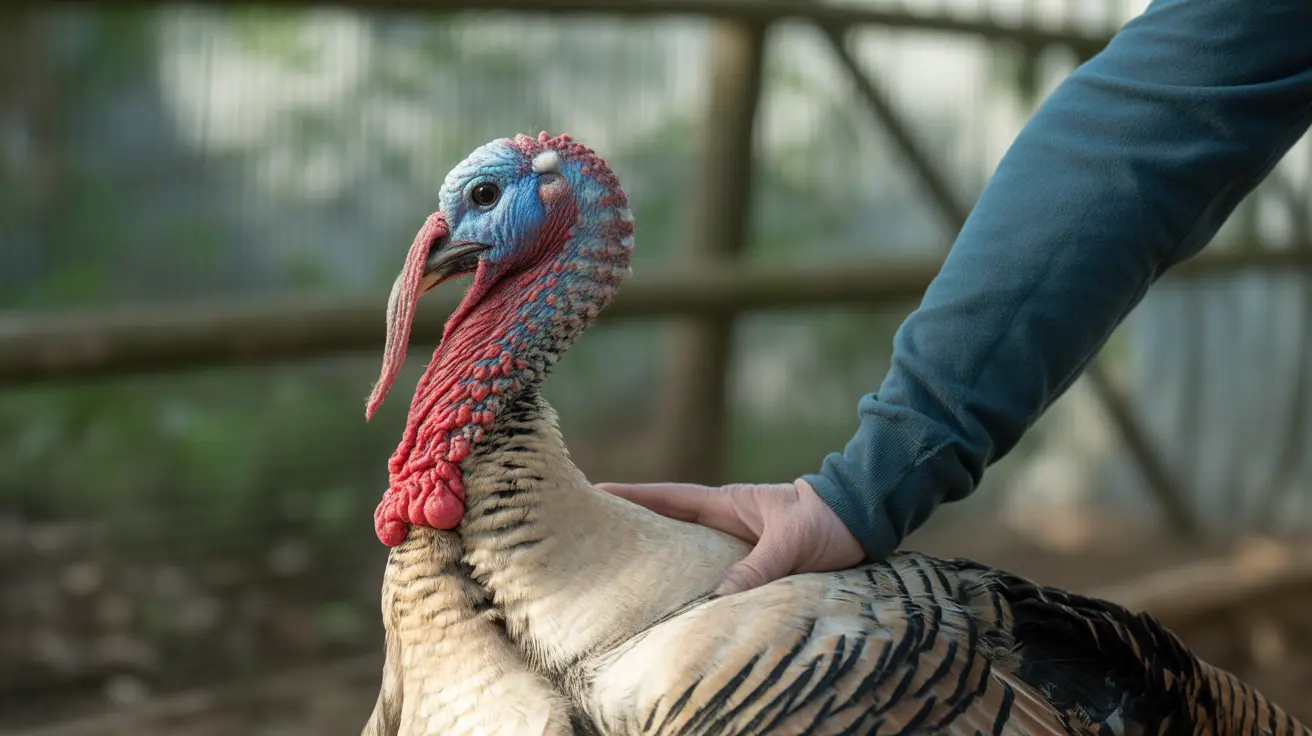Understanding the Most Common Cause of Spinal Cord Injuries in Cats
Spinal cord injuries (SCI) in cats are serious medical conditions that can lead to a range of neurological impairments, from mild weakness to complete paralysis. Knowing the most common causes can help cat owners take preventive measures and seek timely veterinary care.
Primary Cause: Trauma
The overwhelmingly most frequent cause of spinal cord injuries in cats is
trauma. Traumatic events cause direct physical harm to the spine and spinal cord, leading to damage that varies in severity.
- Falls from significant heights—Common in apartment-dwelling cats that may slip from balconies or windows.
- Automobile accidents—Outdoor cats are especially at risk of being struck by vehicles.
- Animal attacks or fights—Bite wounds or blunt trauma from larger predators can damage the spinal column.
- Gunshot injuries—Though rare, these can occur in areas where outdoor hunting is prevalent.
- Being crushed or stepped on—Incidents inside the household can also result in trauma-induced spinal injury.
Symptoms of Trauma-Induced Spinal Cord Injury
Cats with spinal cord trauma often display these signs:
- Partial or complete limb paralysis
- Loss of coordination or balance (ataxia)
- Tremors or muscle spasms
- Loss of bladder or bowel control
- Cries of pain when touched along the spine
- Abnormal gait or reluctance to move
- Loss of appetite or lethargy
Diagnosis and Evaluation
A veterinary professional will perform diagnostic tests to confirm injury details:
- Physical and neurological examination
- X-rays and advanced imaging (CT/MRI)
- Myelography to detect spinal compression
- Blood, urine, and CSF analysis to assess internal damage
Treatment Options
Prompt and accurate treatment is essential post-trauma:
- Stabilization—Managing vital signs and immobilizing the spine.
- Pain Management—Use of feline-appropriate NSAIDs and opioids.
- Anti-inflammatory Therapy—Corticosteroids may help reduce spinal swelling.
- Surgical Intervention—Required for decompressing spinal cord or stabilizing vertebral fractures.
- Rehabilitation—Physical therapy to regain mobility and reduce muscle atrophy.
Long-Term Prognosis
The outcome depends on the injury's location and severity:
- Cats retaining pain perception have a higher chance of recovery.
- Prompt surgery and therapy improve recovery odds significantly for compressive injuries.
- Some cats may require lifelong assistance for mobility or urinary function.
Prevention Strategies
To reduce the risk of traumatic spinal injury:
- Keep cats indoors or supervise their outdoor activity.
- Install window screens or balcony guards to prevent falls.
- Discourage rough play or encounters with unknown animals.
- Provide safe climbing furniture inside the home.
Conclusion: Trauma is the most common and often preventable cause of spinal cord injury in cats. By recognizing risks, acting quickly after an incident, and working closely with a veterinary team, pet owners can significantly improve their cat's chances of recovery and quality of life.





